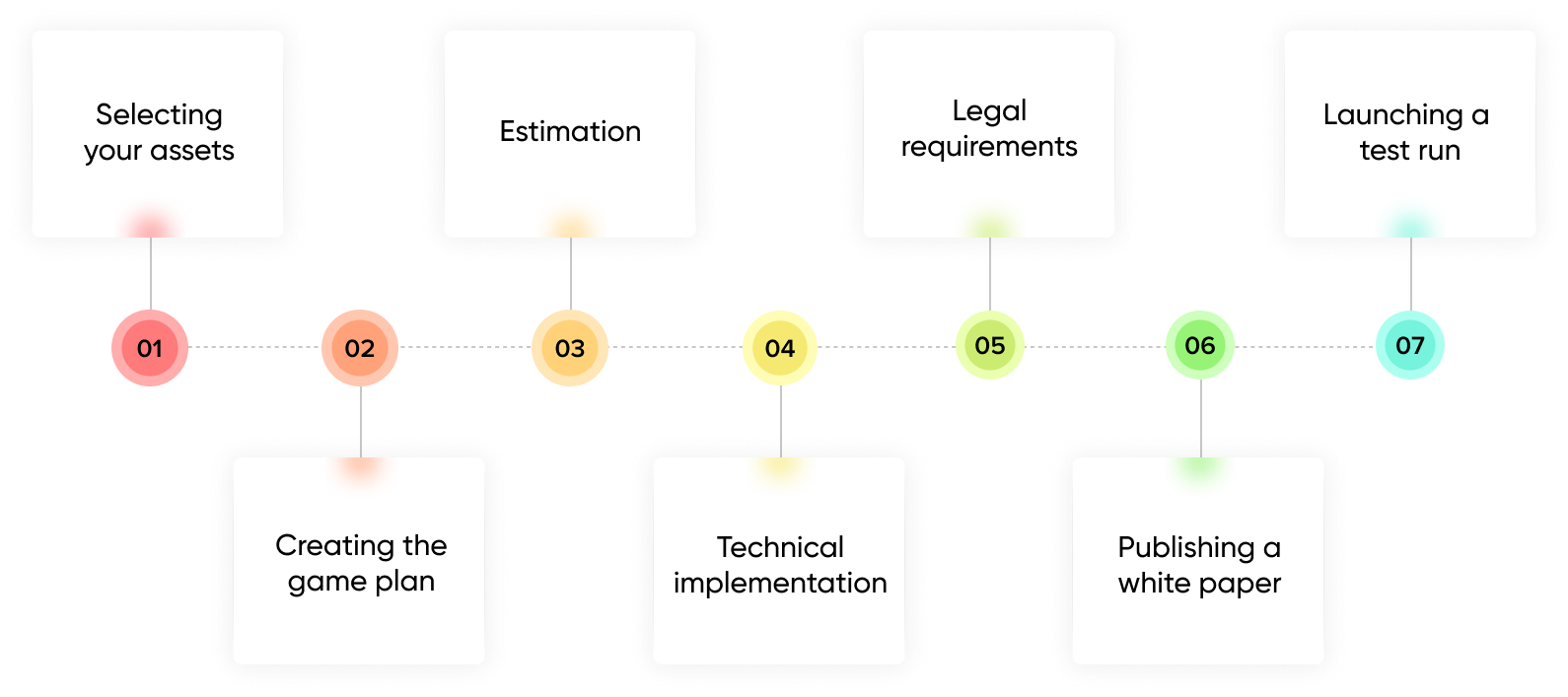Traditional tokenization, the process of dividing a text into smaller units or tokens, poses several limitations that can hinder effective natural language processing (NLP) tasks. These limitations stem from its dependence on deterministic rules and its inability to capture the context and meaning of the text.

First, traditional tokenization heavily relies on predefined rules that may not accurately reflect the complexities of natural language. These rules often fail to account for language-specific grammar, idioms, and colloquialisms, leading to segmentation errors. This can result in incorrect tokenization, affecting downstream NLP tasks such as part-of-speech tagging, parsing, and machine translation.

Secondly, traditional tokenization disregards the context and meaning of the text. By simply splitting the text into individual tokens, it loses information about the relationships and dependencies between words. This makes it difficult to understand the overall meaning of a sentence and can lead to errors in tasks like text classification, sentiment analysis, and question answering.
Moreover, traditional tokenization does not consider the morphological complexities of language. It cannot handle word forms, stemming, or lemmatization, which are essential for capturing the semantics of words and their relationships. This can result in missed connections and incorrect interpretations during NLP tasks.
The limitations of traditional tokenization highlight the need for advanced techniques that can overcome these challenges. Modern NLP approaches, such as word embeddings and deep learning-based tokenization, provide more sophisticated and context-aware methods for dividing text into tokens, significantly improving the accuracy and effectiveness of NLP tasks.
Traditional tokenization approaches have significant limitations that can hinder the effectiveness of downstream NLP tasks, such as Part-of-Speech tagging, Chunking, and Named Entity Recognition. These limitations include:
- Inability to capture context: Traditional tokenization methods often fail to consider the context in which words appear, leading to incorrect tokenization.
- Over-reliance on rules: Rule-based tokenization methods can be inflexible and unable to handle exceptions or novel words.
- Lack of adaptability: Traditional tokenization methods are often not adaptable to different domains or languages.
This article will explore these limitations in detail and discuss alternative tokenization approaches that address them.
Tokenization is a fundamental step in Natural Language Processing (NLP) that involves breaking text into smaller units, known as tokens. Traditional tokenization approaches, such as rule-based and statistical methods, have been widely used for decades. However, they have several limitations that can impact the accuracy and efficiency of downstream NLP tasks.
Subword Tokenization
Subword tokenization aims to overcome the limitations of traditional tokenization by breaking words into smaller subword units, known as morphemes. This approach is particularly useful for languages with complex morphology, such as Arabic or Chinese.
- Morphemes: Morphemes are the smallest meaningful units of language that cannot be further divided without losing their meaning.
- Improved handling of out-of-vocabulary (OOV) words: Subword tokenization can handle OOV words by breaking them down into known subword units.
- Enhanced semantic representation: Breaking words into subword units can provide a more accurate semantic representation of the text.
- Reduced vocabulary size: Subword tokenization can significantly reduce the vocabulary size, making it more efficient for downstream NLP tasks.
Contextualized Tokenization
Contextualized tokenization methods consider the context in which words appear, allowing for more accurate tokenization. This approach is particularly important for languages with rich morphology, such as English or German.
- Embeddings: Contextualized tokenization methods often use word embeddings, which capture the semantic and syntactic information of words.
- Bidirectional Encoder Representations from Transformers (BERT): BERT is a popular contextualized tokenization method that uses a deep neural network to encode the context of words.
- Improved part-of-speech tagging: Contextualized tokenization can significantly improve the accuracy of part-of-speech tagging, as it can identify ambiguous words based on their context.
- Enhanced named entity recognition: Contextualized tokenization can improve named entity recognition by leveraging the semantic and syntactic information captured by word embeddings.
- Reduced ambiguity: Contextualized tokenization can resolve ambiguity in tokenization by considering the context in which words appear.
Language-Specific Tokenization
Traditional tokenization methods often do not adapt well to different languages, leading to errors in tokenization. Language-specific tokenization approaches address this limitation by tailoring tokenization to the specific characteristics of a given language.
- Script-aware tokenization: Some languages, such as Arabic or Chinese, use different scripts that require specialized tokenization methods.
- Morphological analysis: Morphological analysis is particularly important for languages with complex morphology to ensure accurate tokenization of words.
- Punctuation handling: Different languages use different punctuation rules, which need to be taken into account during tokenization.
- Collocations and idioms: Collocations and idioms are language-specific and should be preserved during tokenization to maintain their meaning.
- Improved accuracy and efficiency: Language-specific tokenization methods can significantly improve the overall accuracy and efficiency of NLP tasks for a given language.
Hybrid Tokenization
Hybrid tokenization methods combine the strengths of different tokenization approaches to address the limitations of individual methods.
- Combining subword and contextualized tokenization: This approach combines the advantages of subword tokenization and contextualized tokenization, providing a more comprehensive and accurate tokenization.
- Integrating language-specific and general tokenization: Hybrid methods can integrate language-specific tokenization techniques with general tokenization approaches to handle a wider range of languages.
- Improved robustness and adaptability: Hybrid tokenization methods are more robust and adaptable to different domains and languages, reducing the need for manual intervention.
- Enhanced performance: Hybrid tokenization methods can significantly enhance the performance of downstream NLP tasks, such as machine translation and question answering.
- Address limitations of individual methods: Hybrid tokenization aims to address the limitations of individual tokenization methods by leveraging their combined strengths.
Conclusion
Traditional tokenization approaches have several limitations that can hinder the performance of downstream NLP tasks. Alternative tokenization methods, such as subword tokenization, contextualized tokenization, language-specific tokenization, and hybrid tokenization, address these limitations by providing more accurate and adaptable tokenization. By leveraging the strengths of these alternative approaches, NLP researchers and practitioners can significantly improve the effectiveness of NLP systems across a wide range of applications.








